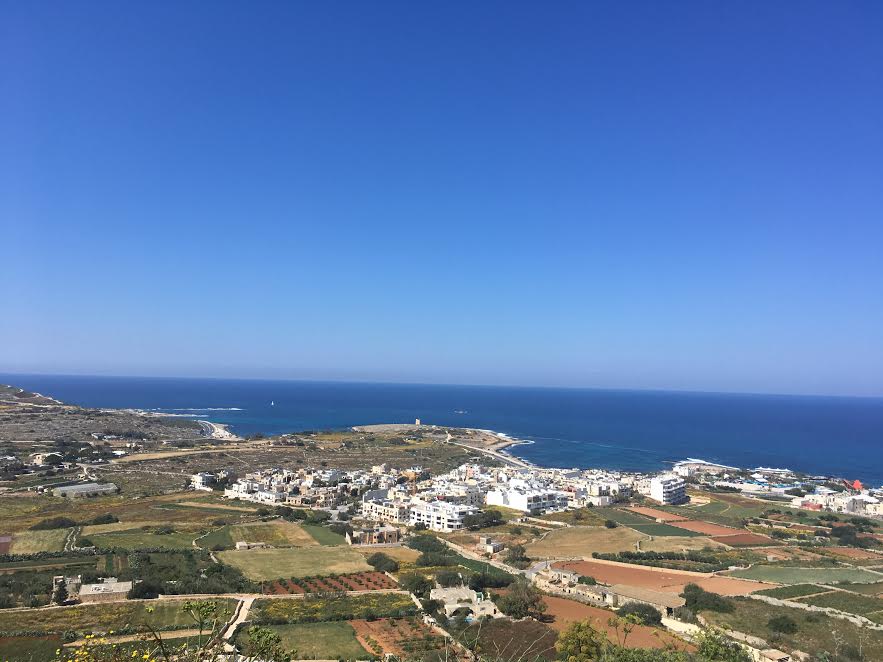
Uploaded on 2017-06-07 by Rachel Cluett
Using the image as a reference, below are a few highlighted stocks and flows, followed by further explanations. 1. STOCKS AND FLOWS OF MATERIAL. This is shown in the residential area (bright white buildings) brought about by a flow of material i.e. concrete components + water has been poured & hardened and turned into stock (concrete). 2. STOCKS AND FLOWS OF WATER. Let's take a look at the well-known uses for water in this area & link this to stocks and flows that it may bring about. Firstly, water acts as a STOCK for drinking water. We also use this water as a method of transport, bringing about a FLOW of people travelling to and from the area with their private boats. Being such a prime location to live (seaside properties) we can note the rise in residential buildings being built. This translates into an increase of STOCKS in people and material. Entertainment purposes of the water i.e swimming, is yet another factor which brings about a flow of people during the summer months - this gives rise to commercial outlets being set up in the area (STOCK: material), as well as yet another STOCK of finances. 3. STOCKS AND FLOWS OF FOOD. Explained in the most straightforward way - fruit and vegetables are grown in the farms of Gharghur and mostly transported out into the market (FLOW). A STOCK of finances are a result of this. How can these stocks & flows mentioned change in order to benefit us in the future? 1. The stock and flow that is concrete by majority, can be changed into a more sustainable and energy efficient material. Proper recycling of the existing concrete is necessary so that it can be transported and re-used in larger/urban cities such as Sliema or St Julian's. 2. Water as a stock and flow can increase the likability of the city and therefore the amount of people traveling to the area, creating larger stocks of finance. 3. I personally see that the current arrangement i.e, flows of food outwards into the market whilst production is set in the town works well, seeing as Malta is a very small island and transport requirements are not exaggerated.